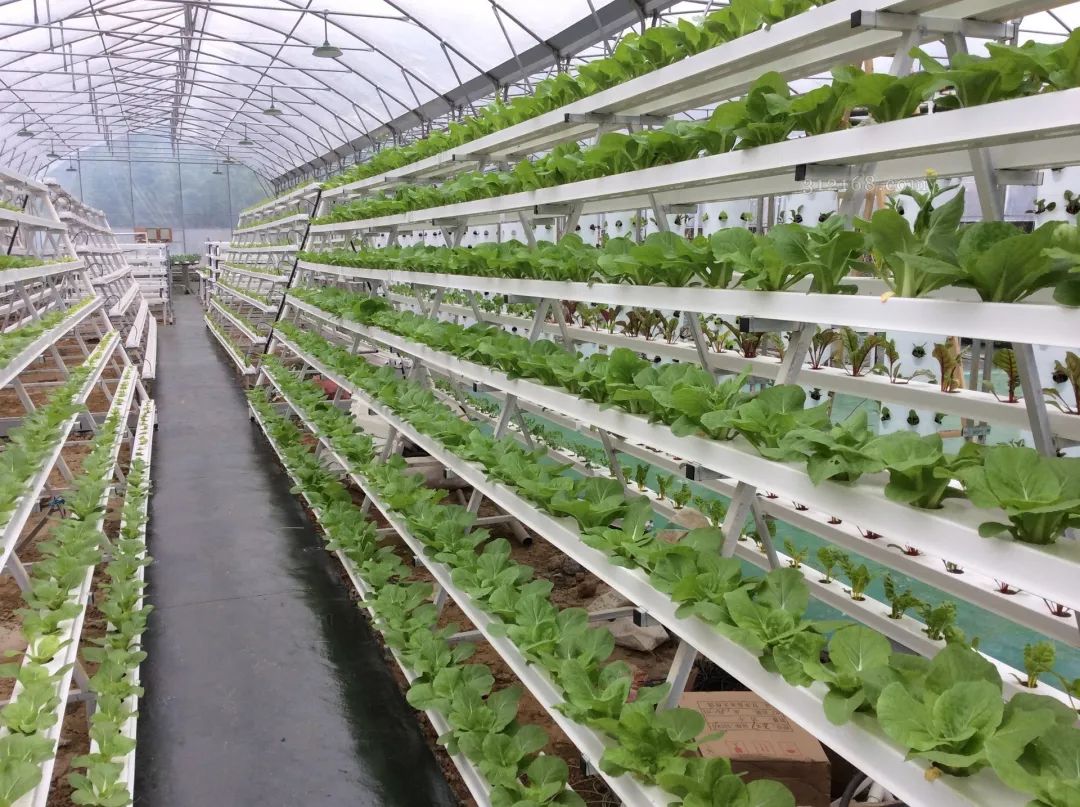
Soilless culture is a kind of don't give natural soil as substrate cultivation techniques, mainly through nutrient solution for crop growth and development to provide the required nutrient and moisture, the crop cultivation directly in a certain unit of water and nutrient solution, or cultivated with sand, gravel, perlite and vermiculite, rice husk smoked charcoal, coal cinder, rock wool, coconut chaff, etc of the matrix material is made of the soil cultivation bed, make the cultivation techniques of crop completes the entire life cycle.
The substrate is an important medium for supreme cultivation, which not only plays a role of setting and supporting, but also plays a role of buffering and supplemental nutrition. Therefore, nutrient solution and substrate are the basic conditions for soilless cultivation.
The success of soilless cultivation largely depends on the formula and concentration of nutrient solution, and whether nutrient solution management can meet the needs of different growth stages of plants. Due to the simple substrate cultivation facilities, less investment, easy management, matrix performance is stable, and has good practical value and economic benefits.
Soilless cultivation can be divided into solid substrate cultivation and non-solid substrate cultivation according to the use of substrate.
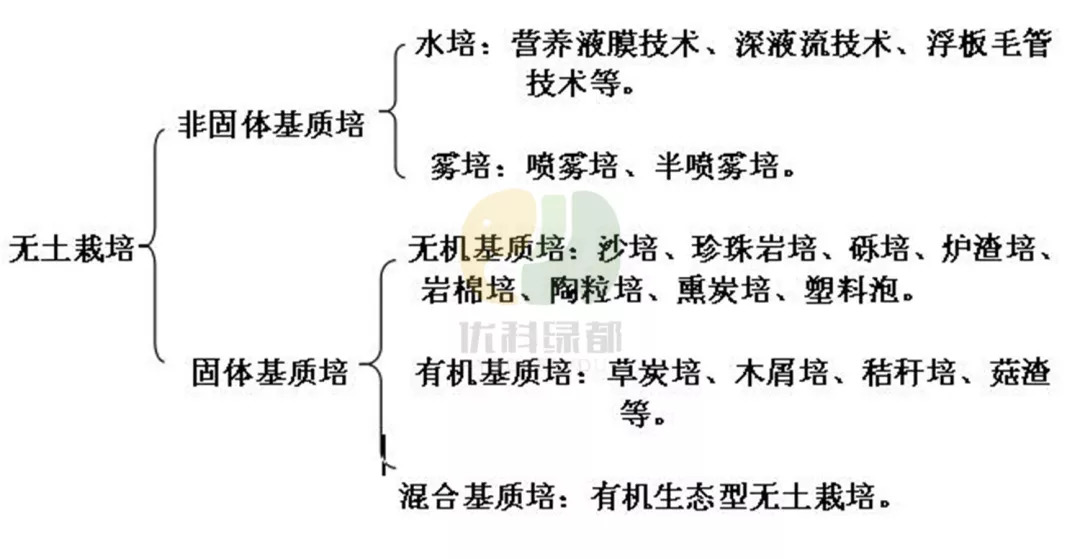

Here are some common soilless cultivation methods
1. Coconut chaff cultivation: tank culture and strip culture.
Coconut bran, processed from coconut shell fiber, belongs to long cellulose, loose foam porous, good water retention and ventilation performance. Compared with peat, coconut fiber contains more lignin and cellulose, but less hemicellulose. It is low in mineral elements, but high in P and K.
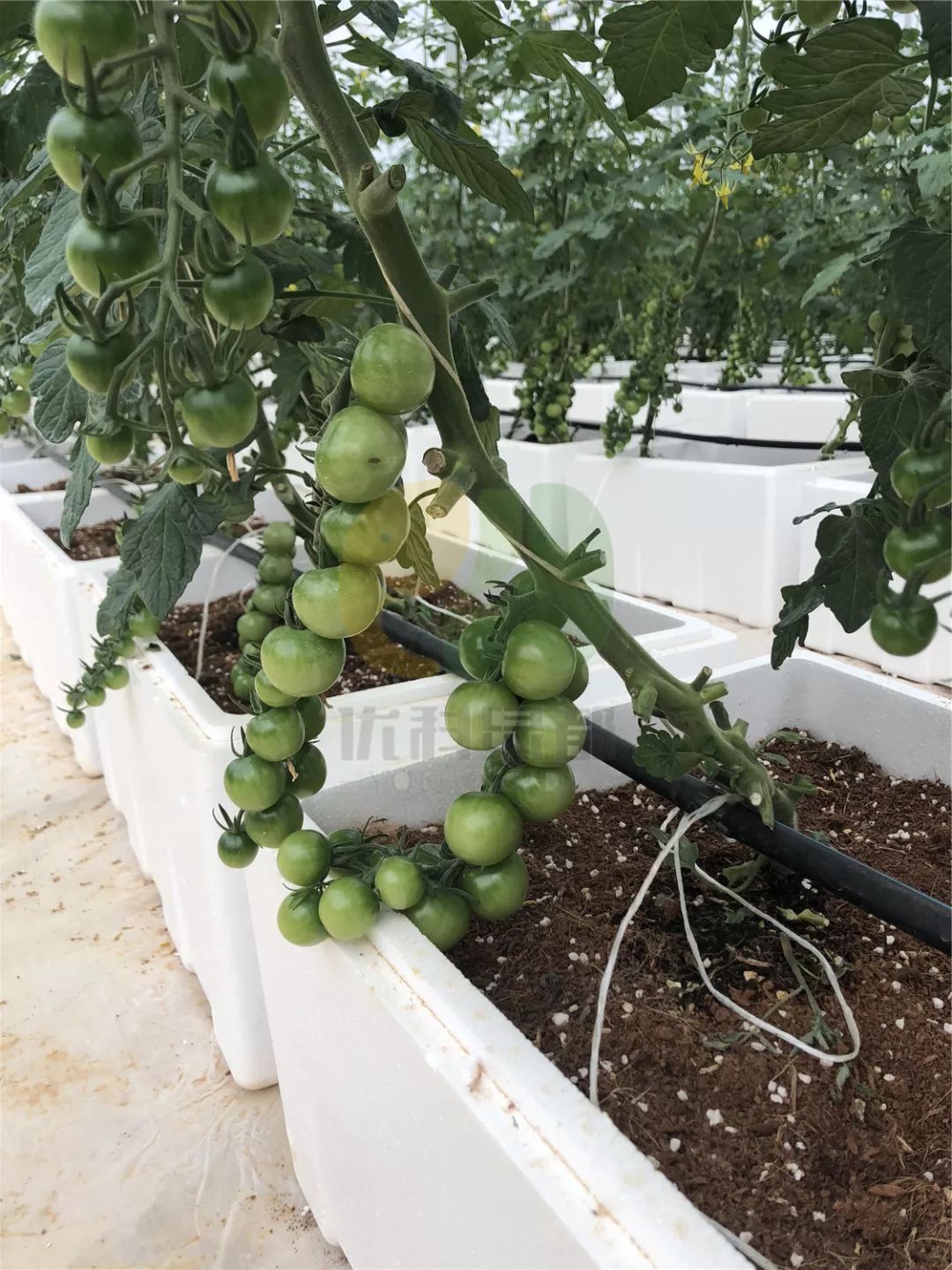


2. Rock wool cultivation.
Rock wool is made up of 60% of diabase, 20% limestone and 20% of coke, melt under the high temperature of 1600 ℃, spray into 0.005 mm fibre and pressed into pieces of inorganic solid matrix.

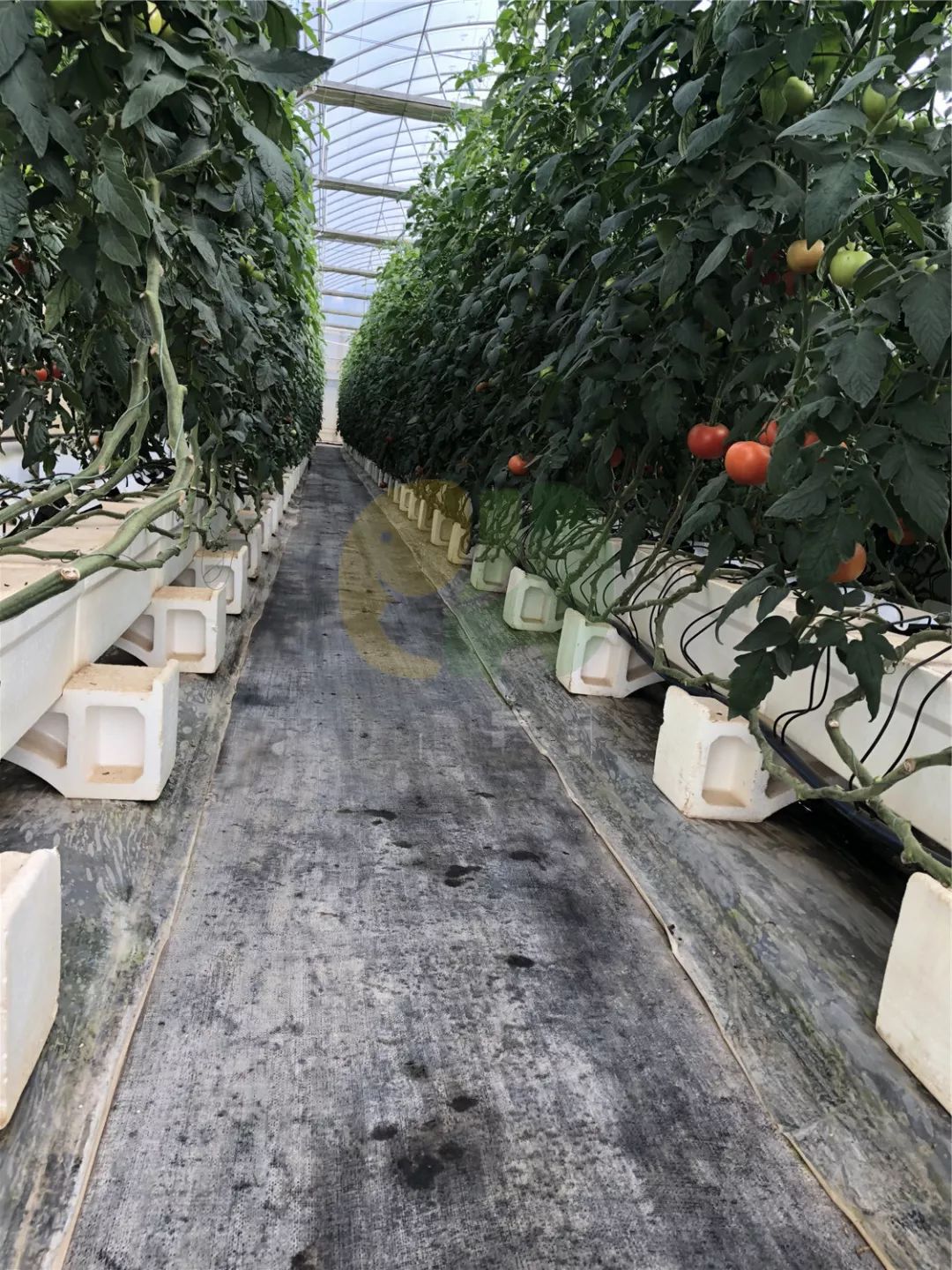
3. Hydroponics.
Hydroponics refers to the long-term growth of part of plant root system in nutrient solution. No matter it is hydroponics or mist culture, its facilities must have the following four basic functions:
Can hold the nutrient solution without missing.
(2) can fix the plant, and make part of the root infiltration into the nutrient solution, but the root neck is not immersed in the nutrient solution.
(3) make the nutrient solution and root system in the dark, to prevent the breeding of green algae in the nutrient solution and conducive to root growth.
The root system can absorb enough oxygen.
Intubation cultivation (stereoscopic cultivation), planar cultivation and indoor common cultivation.
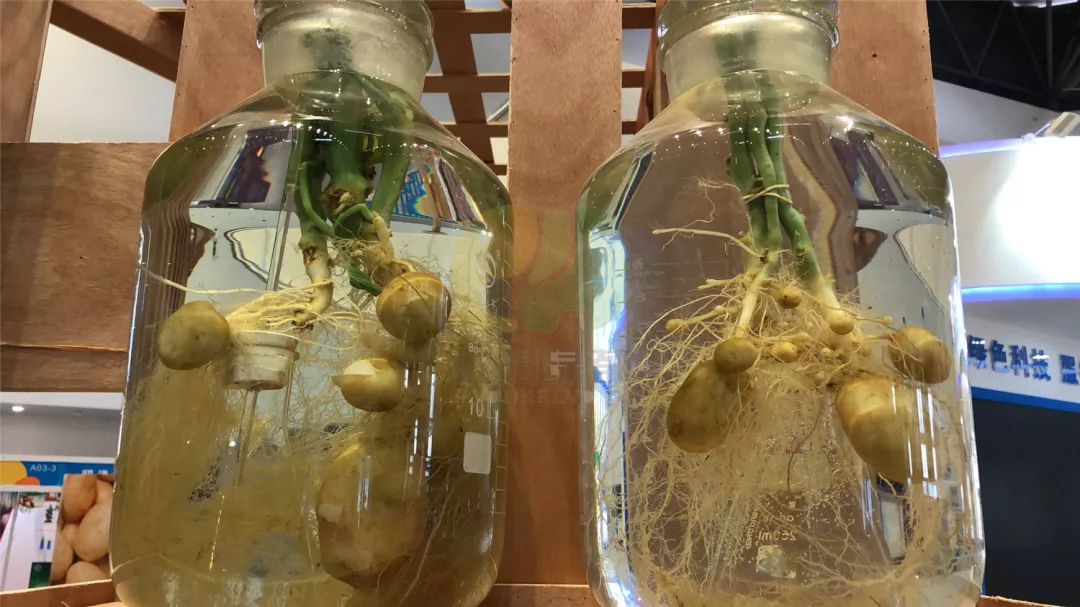
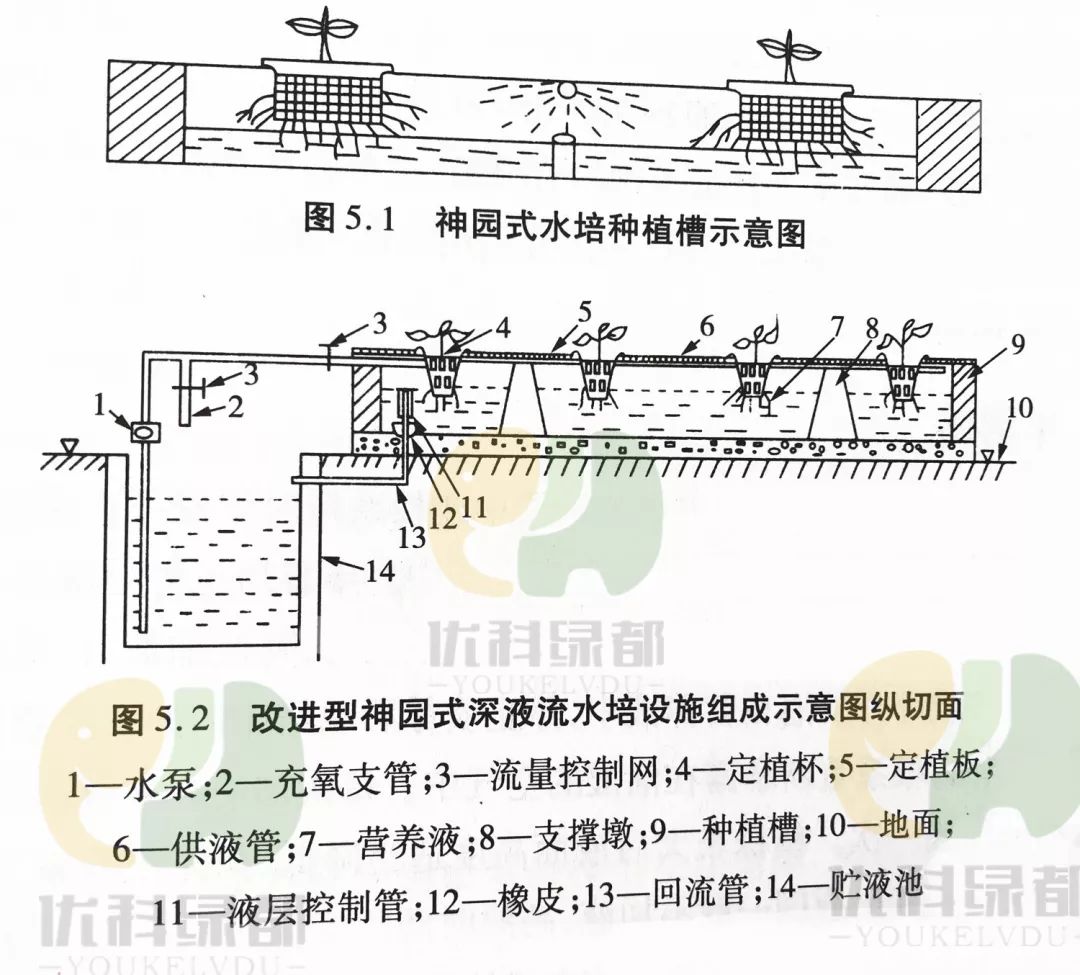
4. Fog training.
Fog cultivation refers to soilless cultivation in which the root system of crops is suspended and grown in closed and opaque containers (tanks, boxes or beds), and the nutrient solution is fogged by special equipment and sprayed onto the root system intermittently to provide water and nutrients for the growth of crops. The fog culture facility is mainly composed of two parts: planting trough and liquid supply system.
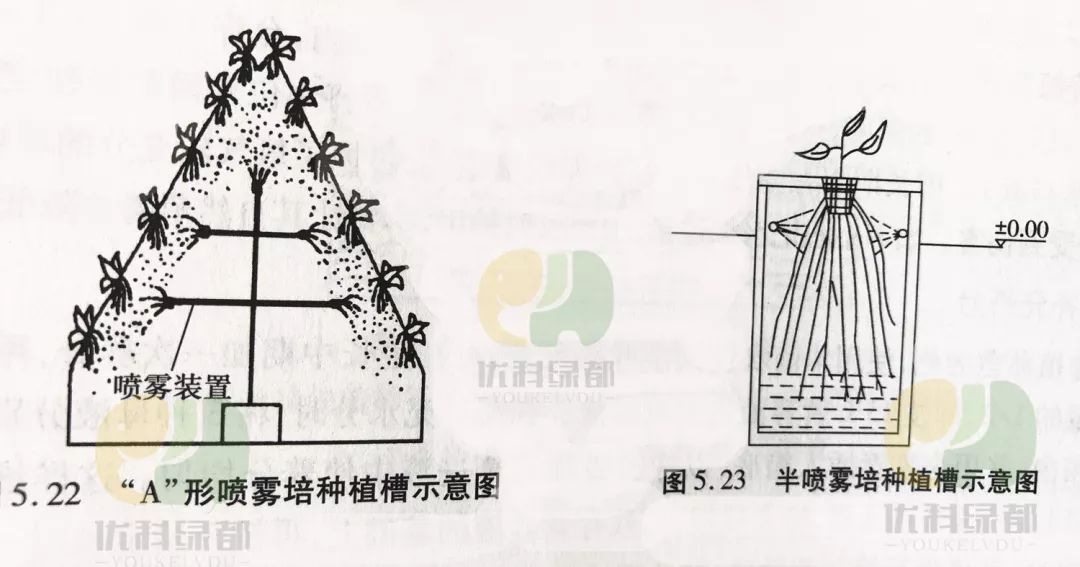
5. Roof and balcony planting.
As a result of the change of roof, balcony planting condition, need considers the many sided change of environmental condition in the round, be like: illumination intensity, anniversary and diurnal temperature difference are big; Strong wind, rapid evaporation of water, low humidity; The cultivation substrate is limited and the maintenance management such as watering and fertilization is inconvenient. And the contradiction such as afforest and housetop, balcony bearing capacity, leakage. Therefore, plant selection should be comprehensively considered from the following aspects:
(1) should have a strong growth potential, the ability to resist extreme climate characteristics.
(2) should have a low plant, shallow root characteristics. Because of the strong wind roof, and the planting layer is shallow, such as planting a large canopy of trees, it is easy to lodging.
(3) selection of summer heat, high light intensity and winter cold plant species.
(4) choose extensive management, resistant to pruning, slow growth of plants.
Choose plants with strong resistance to pollution and pests.
Generally grow vegetable, strawberry can choose pottery granule to be matrix to plant.
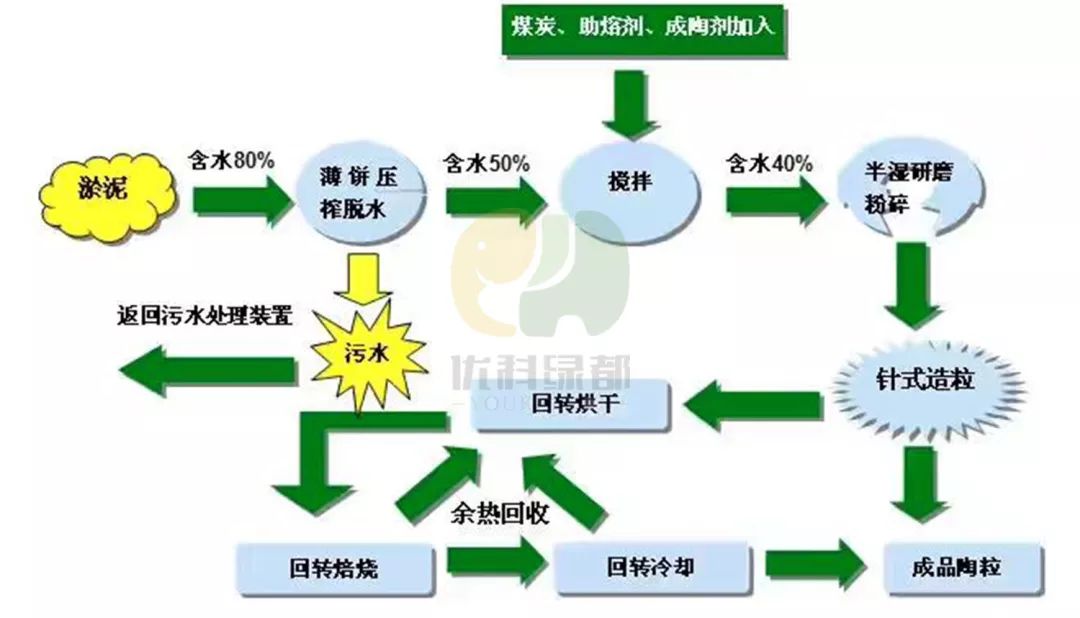
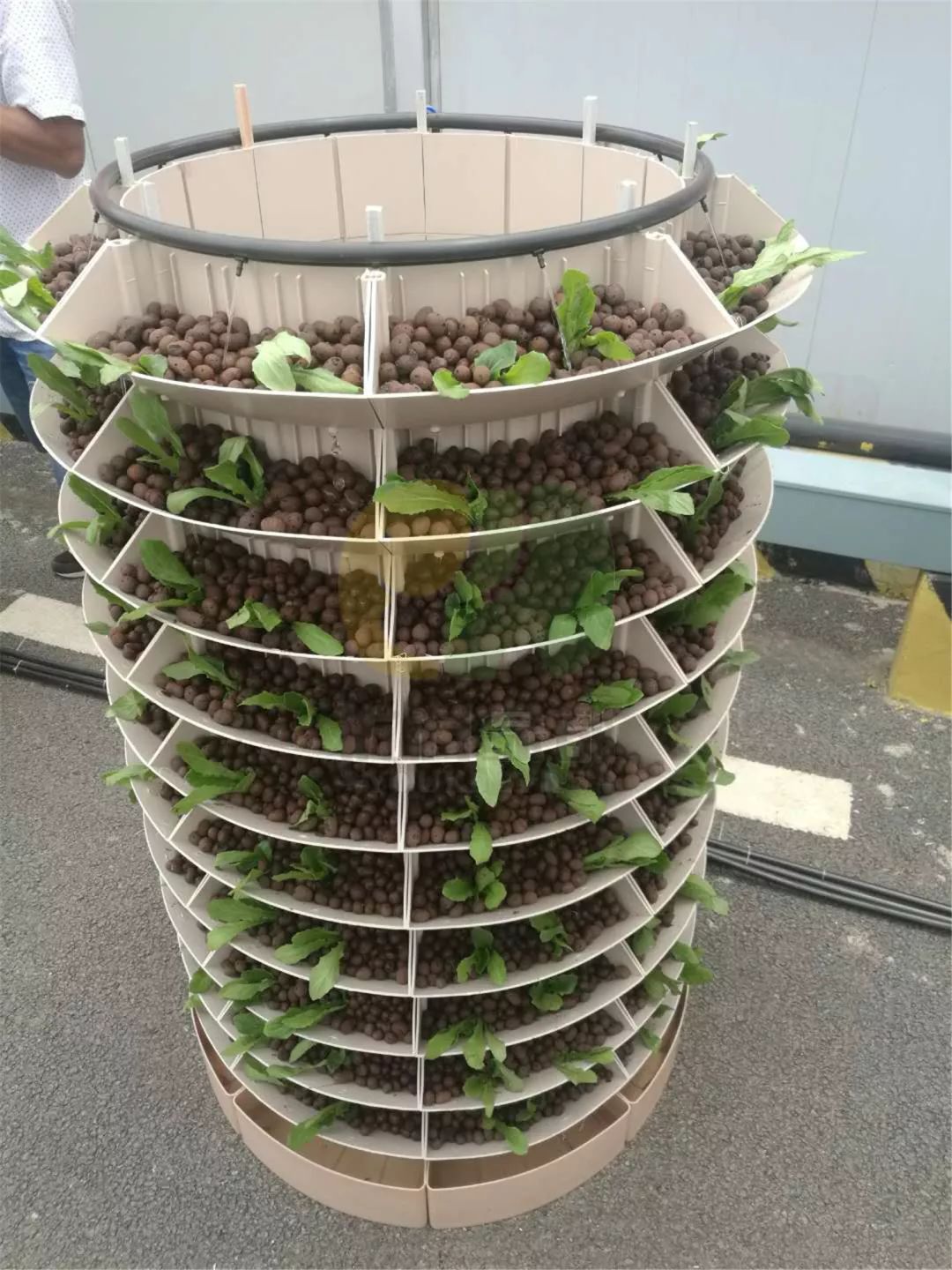
總之,不同的栽培方式及基質,需要根據個人需求而定,如果需要了解更多的詳細信息,請聯系優科綠都農業研究院農化技術服務中(zhōng)心。
